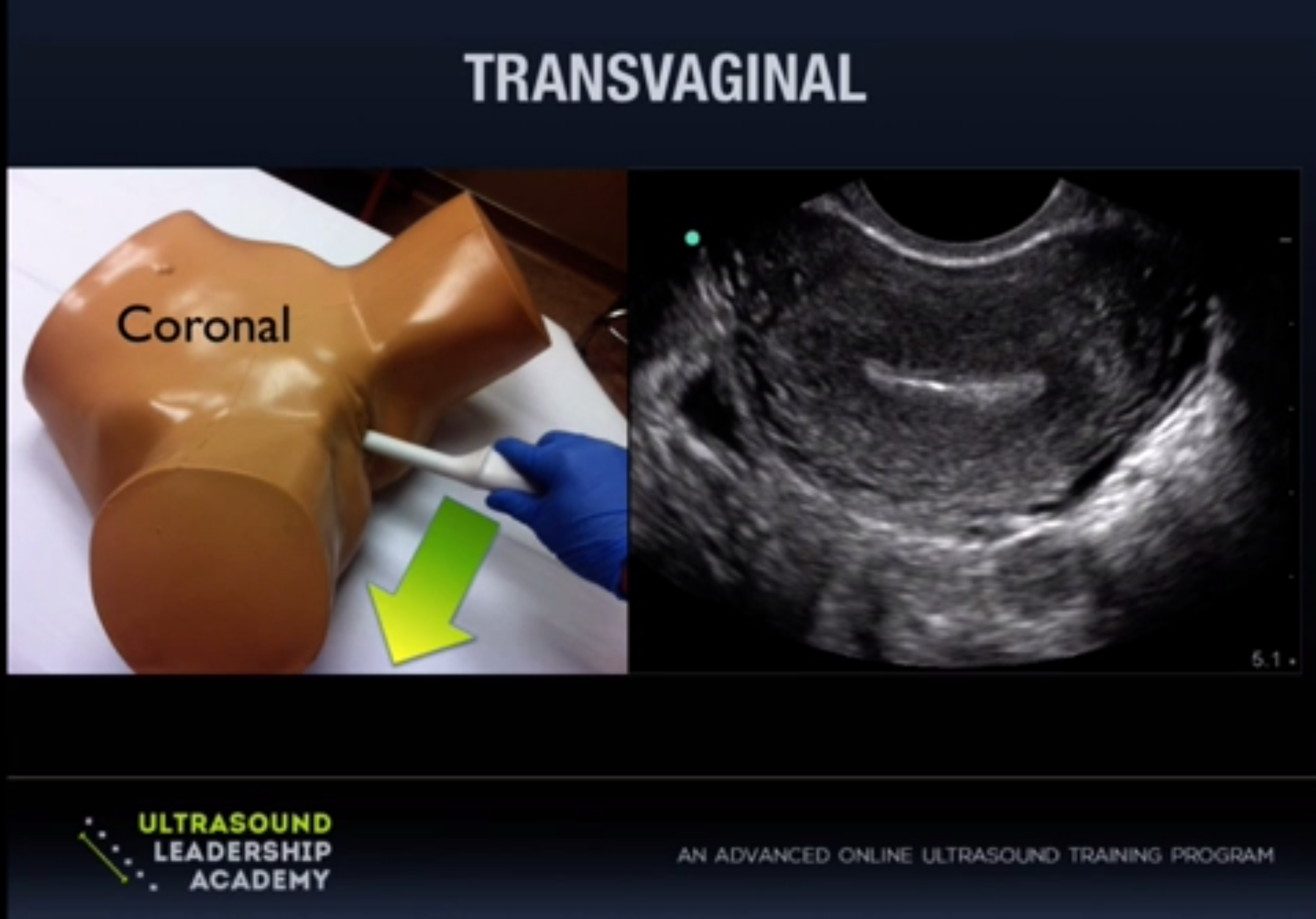

A trans-vaginal ultrasound scan, performed mid-cycle, measures your endometrium down to the last millimetre. And if they’re dodgy, there are things you can do. Trans-vagina scans identify ovarian cysts with ease. But if you have endometriomas (cysts resulting from endometriosis) or cysts due to PCOS, your fertility could be affected. Most are harmless and won’t stop you conceiving. Ovarian cysts are fluid-filled structures. A trans-vaginal ultrasound spots fibroids a mile off. This is more likely when the fibroids grow into the uterine cavity. They they can increase the chance of a miscarriage or i mplantation problems. Depending of their size and position, some fibroids make it harder to get pregnant. 1 in 4 women have them, though they may not know it. What precisely does a trans-vaginal ultrasound scan look for? Here’s a quick summary.įibroids are benign growths in the uterus. These photos are surprisingly clear – and they need to be to highlight problems. Harmless sound waves create computer-generated images of your pelvic organs. How does an ultrasound scan of you uterus and ovaries work? A probe, lubricated with gel and covered by a condom, is inserted about three inches into your vagina. Why struggle to conceive, only to have an ultrasound scan diagnose a problem you could have spotted months earlier? For women planning a family naturally, regular scans are also worth having. An ultrasound scan (whether trans-vaginal or trans-abdominal) is a safe and effective way to check your reproductive organs are in good shape.įertility patients have routine trans-vaginal ultrasound scans during their treatment cycles. But not everyone gets pregnant, and there may be a physical reason why. Most pregnant women have their first scan at 12 weeks’ gestation. Posted at 17:10h in IVF by Becky Saer 16 CommentsĪn ultrasound scan is a key pregnancy procedure.


 0 kommentar(er)
0 kommentar(er)
